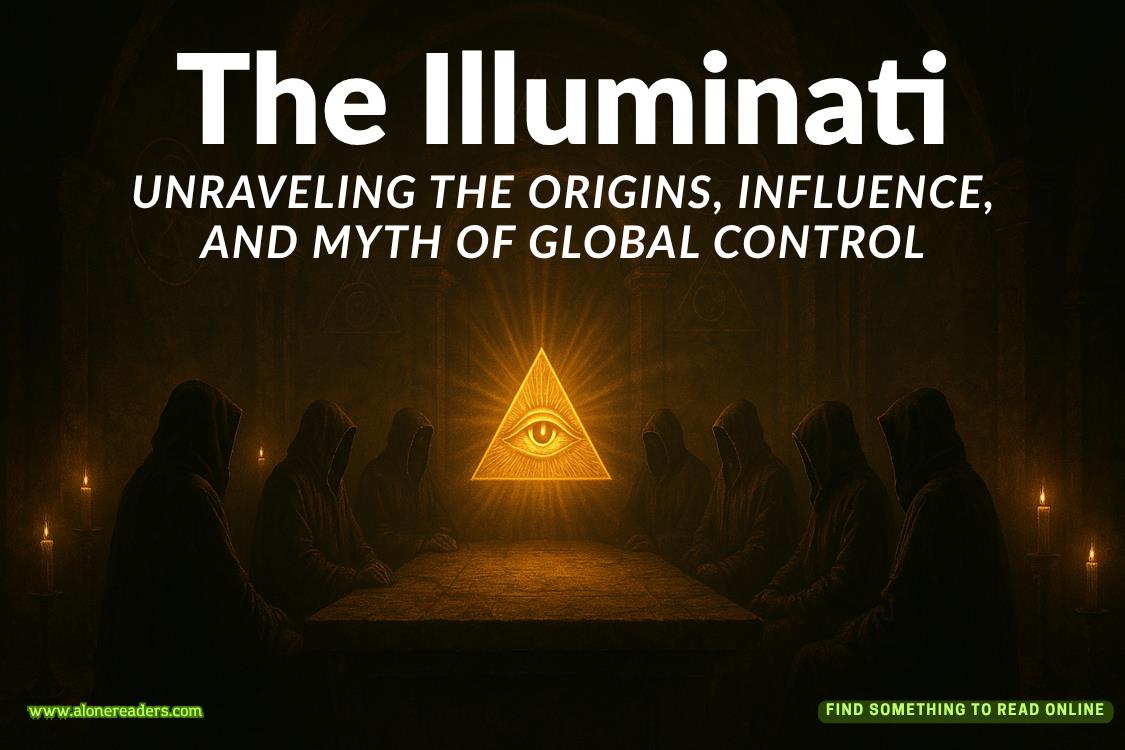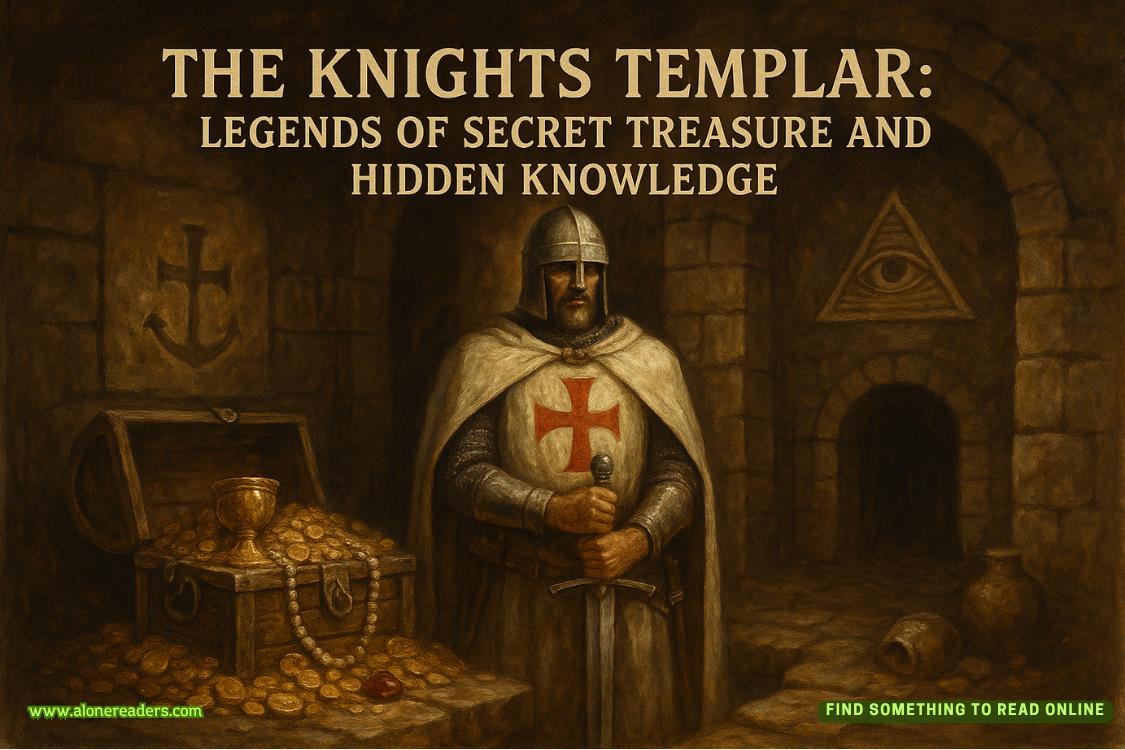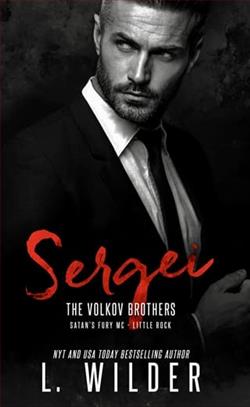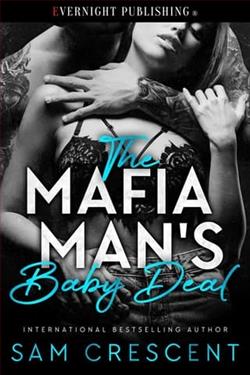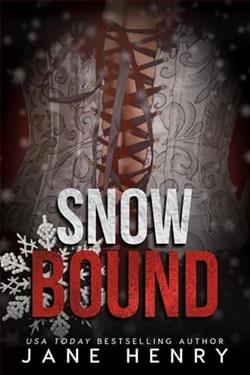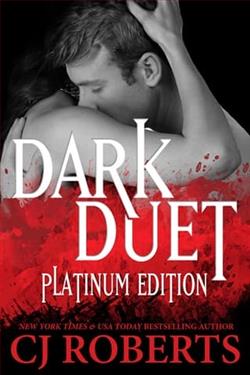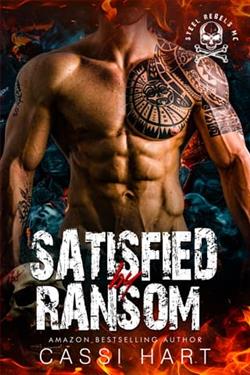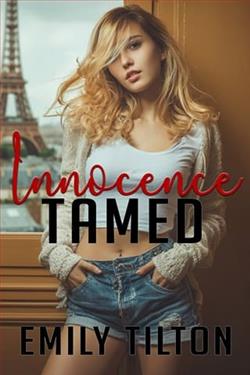Page 58 of The Garden of Forgotten Wishes
I wondered if it had been put there by the buccaneering Grace, Nathaniel? I thought it might, though then it would pre-date the apothecary garden and I wasn’t sure what was here before.
I took another path out, past beds planted with the sturdy stems of lovage and fennel … and the rhubarb Ned had mentioned, heading for his mud hollow in the bottom right-hand corner.
Last time I’d seen it, it had looked a bit like a muddy building site, but he’d certainly put in a lot of work since then and most of the hard landscaping was finished.
The spring by the back wall was now channelled down a small waterfall of old, lichen-spotted boulders, to the new small pool, now lined and the edges landscaped to look natural. It just wanted planting up – and then water creatures of all kinds would discover it and even, perhaps, dragonflies.
I remembered there was to be a small wooden bridge across the stream, just above the pool, which would lead to a gazebo, but only the foundations were there, waiting for the structures. I could imagine it, though …
By the back wall were barberry bushes around the marshy area, where flags marked the path of the wooden walkway, still to be laid.
I thought Ned had done very well to get it to this stage so soon, especially now I knew that he’d spent last year re-gravelling the paths, reinstating the lawn borders in the side beds, replanting most of the segments of the mid-level beds and, of course, creating the entire Poison Garden.
I walked past that on my way back to the courtyard, but didn’t turn off for a better look: I could wait for my guided tour, when Ned felt the need to enthuse about his collection to someone who knew what he was talking about.
But I still wasn’t going anywhere near that rosary pea vine.
18
Slightly Gnawed
Ned was in the courtyard, sitting on the steps up to the office and feeding the peacocks handfuls of something from a small blue bucket. The gate to the house had been left ajar, giving a tantalizing glimpse of a small stretch of lawn and a terrace, then the house with its gleaming mullioned windows, intricately patterned black and white walls and, to the right, the side of a newer wing in white stucco, somewhat in need of a new coat of paint.
He looked up. ‘I spotted you making down the garden when I went to feed the fish, but I thought you’d like to explore it on your own this time.’
‘Yes, it was nice to just wander and take it all in,’ I agreed. ‘The Victorians seemed to have had a mania for marking everything in the garden with those metal tags, didn’t they? They must come in handy: you can see what goes where, even when the beds are currently empty.’
‘Yes, they’ve been useful, though when they dug up that large area during the war, the old tags that were there were just dumped in one of the outbuildings. Now I’m going to reinstate the vegetable-plot-style beds, with lawn pathways between, I’ll replant some of them.’
‘It was lucky you found them, and anything you can’t fit in the new beds will probably find a place somewhere else,’ I suggested. ‘Was it the late Victorians who put all those little paths into the mid-level beds, leading to the round seating areas?’
‘Yes. They’re also responsible for replacing some interesting old plants with newer, showier, but entirely useless things too,’ he said. ‘I don’tmind new varieties of plants, because gardens should evolve, but if they don’t have culinary or medicinal uses, they’ve had to come out.’
‘Or deadly ones,’ I pointed out.
‘I’ve got a few more things coming for the Poison Garden,’ he admitted. ‘But lots more for the wetland area.’
He went to put the plastic bucket back in the Potting Shed. When he returned, I said, ‘Gert’s right, you could fit a small greenhouse on this side of the wall to the garden. A tallish one, where you could overwinter those less hardy plants in terracotta pots you were telling me about.’
‘Maybe later. For now I can always wrap anything delicate in fleece over winter,’ he said. ‘Come on, let’s look at that outbuilding and see just how feasible knocking through into the current shop would be.’
He unlocked the visitors’ gate and we went out onto the path that led up to the road. Over a low stone wall on the other side of it was the cluster of barns and outbuildings I’d seen on my walk around the Green, but there was a gate to them here, too.
The path at this end widened slightly into a small yard just in front of the old building that we’d come to see.
It was definitely a lot bigger than the shop. There were two windows, obscured by dirt, and a wooden door that looked as if something had been chewing the bottom.
‘When Nathaniel Grace bought the original house it wasn’t very grand, so there’s no big carriage house, just an old barn and a couple of stables,’ Ned said.
‘Good heavens – where am I to keep my barouche and four matched grey horses, then?’ I demanded, and he grinned.
‘No idea, but you can park your car in the yard over there, if you want to, like Elf. And Jacob keeps his old Land Rover in the barn in winter when the track to his house is too difficult.’
‘Jacob’s house is a converted barn, isn’t it? Why is there a barn up there, in the woods, where it’s so steep?’
‘It wasn’t always wooded. They used to run sheep on it, I think. Maybe it was something to do with that … I don’t know. The track does carry on past it, because there’s a farm just over the ridge. You canhike up to the top of the woods and then along until you come out above the Fairy Falls eventually. It’s quite a trek.’
‘I might try that one day off, when I’m feeling energetic,’ I said, then turned to look at the building we’d come to see, with its squat and slightly belligerent air.




